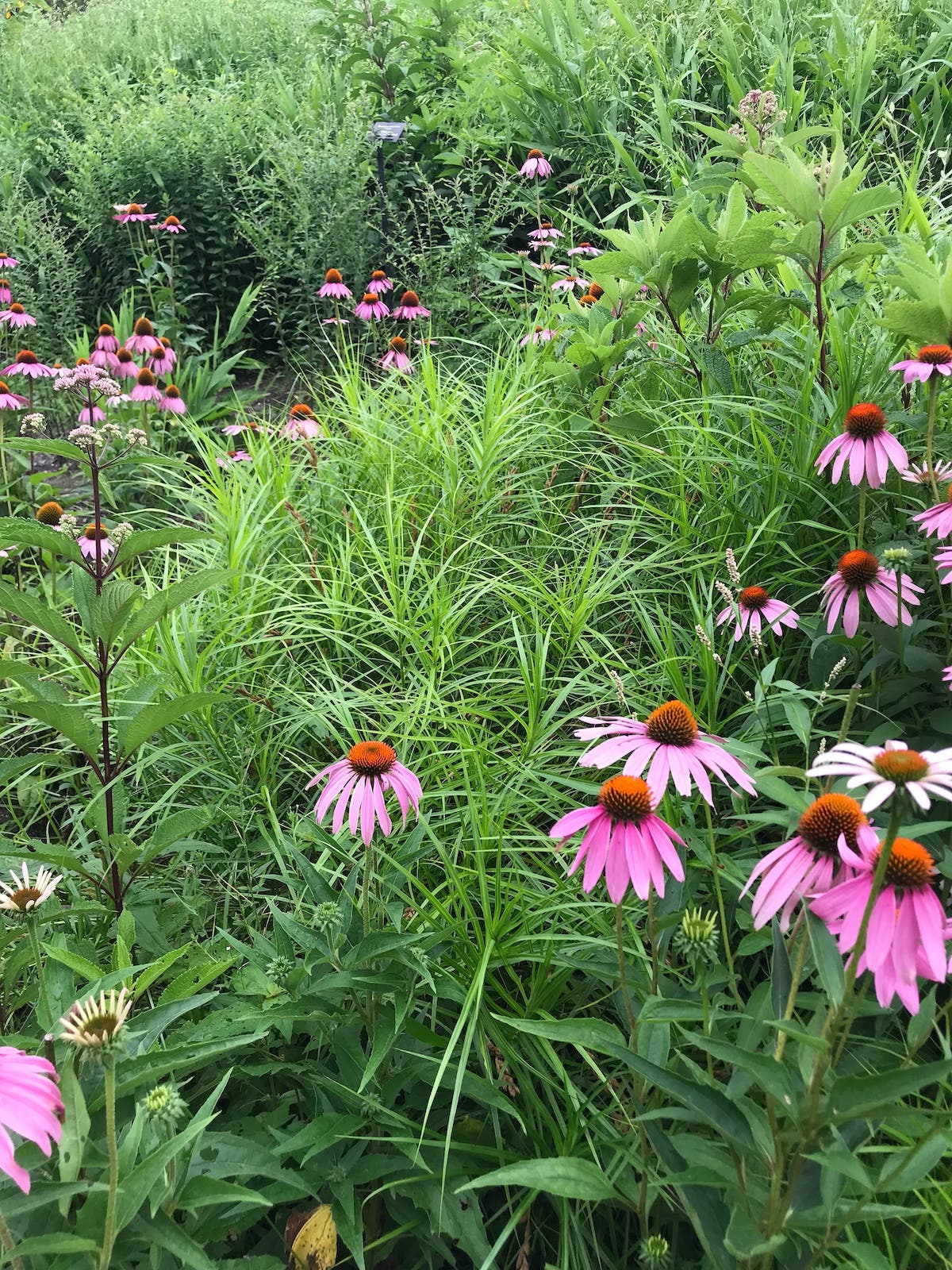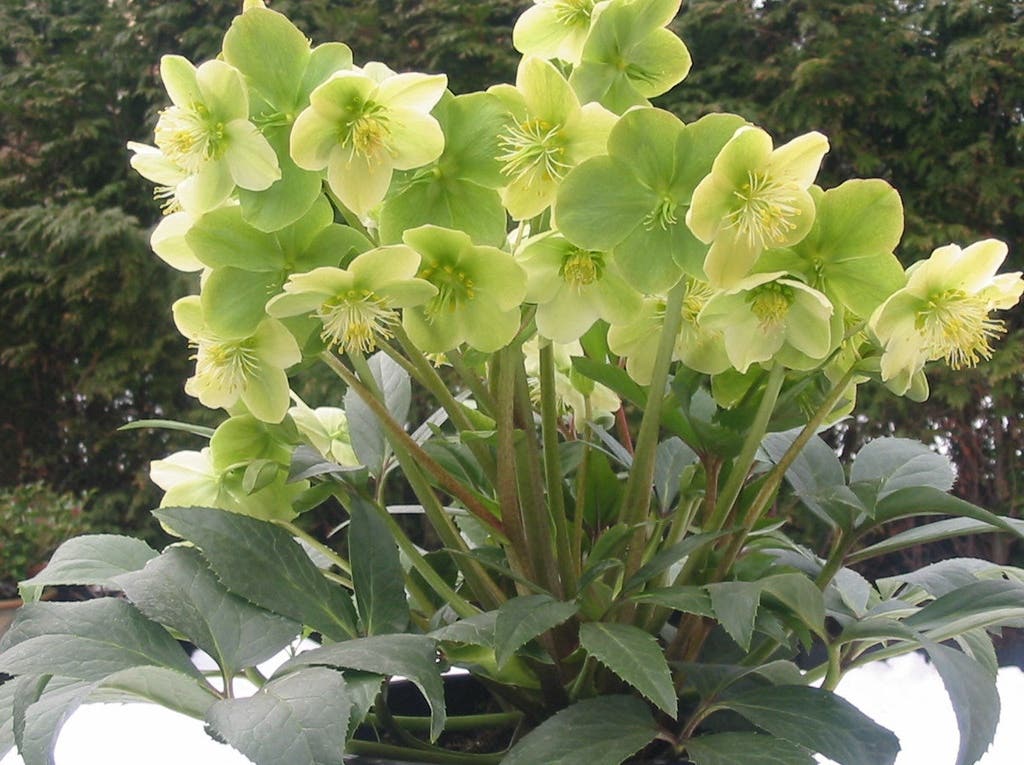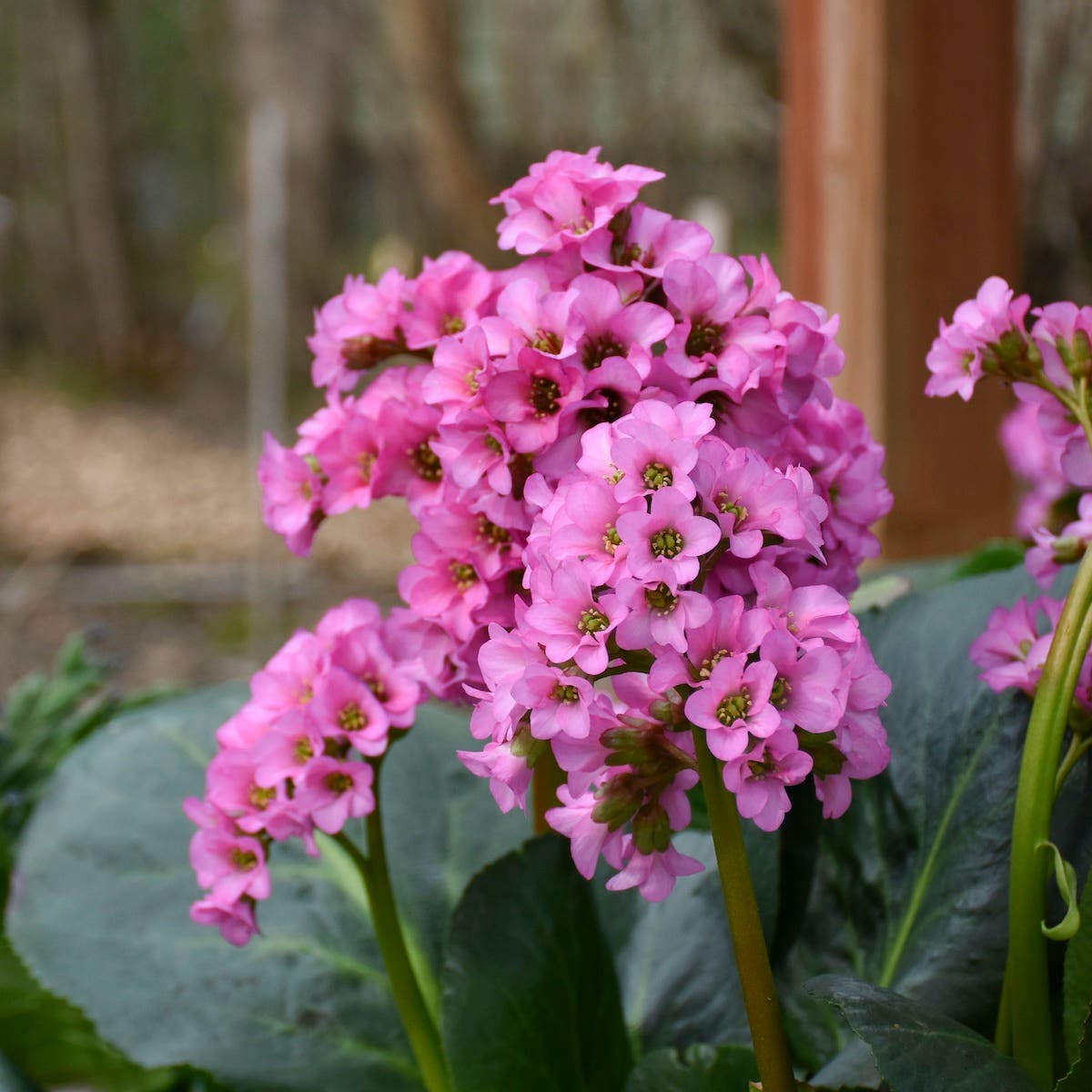When Planting for Pollinators, Don’t Forget Trees
Spring-blooming trees are a boon to bees.
The flowers of native perennials and annuals are excellent nectar sources for bees, hummingbirds and butterflies, but to really up the impact of your pollinator-friendly garden, plant a flowering tree. The amount of nectar and pollen potentially gleaned from a single tree may be equal to that of an entire field of wildflowers. Trees also provide shelter for native nesting bee species and carpenter bees. Native trees’ bloom periods are synchronized with local pollinators’ life cycles, and when they’re planted in the climate zone and soil conditions in which they evolved, they require little maintenance.
Looking beyond Apis mellifera, the European honey bee, 4,000 species of native bees exist in the United States. Native bees don’t produce honey, but some offer an alternative source of crop pollination. They also help sustain natural spaces by pollinating indigenous plants, and they serve as a vital part of the food chain. Unlike the social honeybee, native bees are often solitary. They nest in the ground or in trees, working in place to support nearby crops. By planting a diverse array of native trees and herbaceous plants, we heighten our chances that all bees will be there when we need them.
Good Flowering Trees for Bees
Gardeners are always abuzz about four-season interest. Who doesn’t want a garden that shines with blooms all spring and summer, glows with fall color and shows strong bones when the leaves drop? Believe it or not, bees share the same goal. In cooler climates, bees need nectar and pollen sources throughout the growing season to store up enough nutrition for winter survival. Native bumblebees and European honeybees are active from February through November in temperate climates. Ensuring nectar and pollen sources when they emerge in late winter helps colonies grow strong. At that time when perennial blooms are scarce, early-flowering trees step up as key nectar sources.
Red maple (Acer rubrum) and sugar maple (A. saccharum) are some of the first plants to bloom in cooler climates. Humans place great value on maple foliage, wood and syrup, but we have yet another reason to love this great American stalwart: It’s simply bee gold. Tiny floral clusters emerge before the leaves appear. Blink and you’ll miss them, but bees know where to look. Unfortunately, the ubiquitous Japanese maples that dot suburban landscapes offer little pollinator value. There is no need to replace them, though. Most of us have ornamental, nonnative trees in our gardens. Some are more beneficial than others. But squeezing in even one bee-friendly tree adds value.
Years ago, before I was a beekeeper or even a gardener, I planted ‘Okame’ cherry trees in my barren backyard. A hybrid of two Asian Prunus species, ‘Okame’ blooms in late February, tricking me into thinking there’ll be an early spring. I now know that Japanese cherry, while beautiful and full of hope, is not a great nectar source, although it’s covered in bees on unseasonably warm winter days. Bees are opportunists, and they will suck nectar from any available source during a dearth. But what would have been a better choice? Native chokecherry (Prunus virginiana)! Its flowers are chock full of nectar and pollen from March through June, drawing bees as well as butterflies. The tree reaches a mature height of 15 to 25 feet, making it just perfect for smaller yards.
For those with more space and moist soil, black willow trees (Salix nigra) are invaluable. They thrive up and down the East Coast as well as in California. Green and yellow blooms are a key early pollen source. For smaller spaces and cooler climates, American pussy willow (S. discolor) fits the bill. Irresistible furry buds appear when ice begins to thaw, and the tiny florets are packed with pollen. Further south, iconic weeping willows (S. babylonica) line creeks and riverbanks, offering a plethora of benefits (although native to China). Look closely and you’ll likely spot bees sucking down nectar, birds diving in and out for shelter and maybe a weary soul resting in the shade.
When spring is finally in full swing, nectar sources abound. However, an unusually wet or cool season can significantly delay nectar flow, the key period of time when native flora bloom. Tulip poplar (Liriodendron tulipifera) flowers are a vital and reliable spring nectar source that often signal nectar flow. The large, cup-shaped yellowish-green flowers are perfectly formed for bees to land on and wiggle into. A 20-foot tree can produce 8 pounds of nectar, which bees turn into 4 pounds of honey. Imagine the honey produced from a fully mature 100-foot specimen.
Linden (Tilia americana), commonly known as basswood, is another stately bee magnet. Its fragrant flowers draw bees and butterflies from miles around. Little-leaf linden (T. cordata), a European cousin, is more compact but equally appealing to pollinators. Southeast-native black locust (Robinia pseudoacacia) blooms for only a few weeks in May, tempting a range of pollinators with its creamy-white eight-inch racemes. It can spread aggressively, so it isn’t recommended for every situation. Black tupelo (Nyssa sylvatica), has better manners; it is a midsize Southern favorite famed for its tupelo honey. Its alligator-hide bark, brilliant fall foliage and tasty berries (for the birds) make it a must have. If space is available, consider one or two of these beautiful 50-foot giants to anchor the garden.
Smaller native trees, including flowering dogwood (Cornus florida), crabapple (Malus) and staghorn sumac (Rhus typhina), also provide nectar at crucial times and fit neatly into the understory. Serviceberry (Amelanchier arborea) is an underused spring bloomer with shallow white flowers enjoyed by short-tongued bees. Eastern redbud (Cercis canadensis), a fabulous understory tree, features purple blossoms that cover the branches before leaves appear in early spring. It’s a member of the pea family, hence the curious, long pods that form when the flowers fade. Redbud is favored by the blue orchard bee, as well as by honeybees. My favorite cultivar is ‘Hearts of Gold’. It plays a central role in a part-shade garden, providing just enough shelter for celandine poppy, aster and heuchera. When tree flora fade, flowering perennials carry pollinators through the rest of the season.
Once we realize that our landscapes are not just an extension of our living space but also fortification for wildlife, ensuring year-round interest takes on new meaning. When considering what to do with a little extra space in the garden, think broadly. Think of the bees, butterflies and birds that will benefit from your choice and keep you company through each changing season. Then, think trees!
Bee-Loving Trees in Sequence of Bloom
Early spring:
American pussy willow (Salix discolor). Height: 6 to 15 feet. USDA Zones 4–8.
Flowering dogwood (Cornus Florida). Height: 15–30 feet. Zones 5–9. Other interest: Fall fruits are decorative and beloved by birds. Red fall foliage.
Early spring to mid-spring:
Downy serviceberry (Amelanchier arborea). Height: 14–25 feet. Zones 4–9. Other interest: Fruit ripens in summer, attracting birds. Leaves turn red and gold in fall.
Early spring to late spring:
Black tupelo (Nyssa sylvatica). Height: 30–50 feet. Zones 4–9. Other interest: Vivid, multihued fall foliage. Fall fruit draws birds.
Mid-spring:
Eastern redbud (Cercis canadensis). Height: 20–30 feet. Zones 4–9. Other interest: Some cultivars offer bright spring and fall foliage.
Mid- to late spring:
Tulip poplar (Liriodendron tulipifera). Height: 70–90 feet. Zones 4–9. Other interest: Summer/fall seeds are fodder for birds and small mammals. Foliage turns bright yellow in fall.
Chokecherry (Prunus virginiana). Height: 20–30 feet. Zones 2–7. Other interest: Dark red fruit is a favorite of songbirds.
Late spring to early summer:
Staghorn sumac (Rhus typhina). Height: 15–25 feet. Zones 3–8. Other interest: Dramatic, dark red fruit clusters persist through winter, feeding birds. Fall color is bright red.
Early summer:
Linden (Tilia americana). Height: 60–80 feet. Zones 3–8. Other interest: Flowers are fragrant. Wide leaves provide dense shade and turn yellow in fall.
______________________________________________________________
Brenda Lynn is a Virginia-based outdoor educator, beekeeper, and Master Gardener. She grows pollinator-friendly plants and raised-bed vegetables year-round.
Image credits:
Redbud, top: public domain
Red maple: By Danny S. - Own work, CC BY-SA 3.0
Chokecherry: By Matt Lavin - CC BY-SA 2.0
Black willow: By Judy Gallagher - CC BY 2.0
Tulip poplar: By H. Zell - Own work, CC BY-SA 3.0
American linden: By Plant Image Library - CC BY-SA 2.0
Redbud, bottom: By Cbaile19 - Own work, CC0






